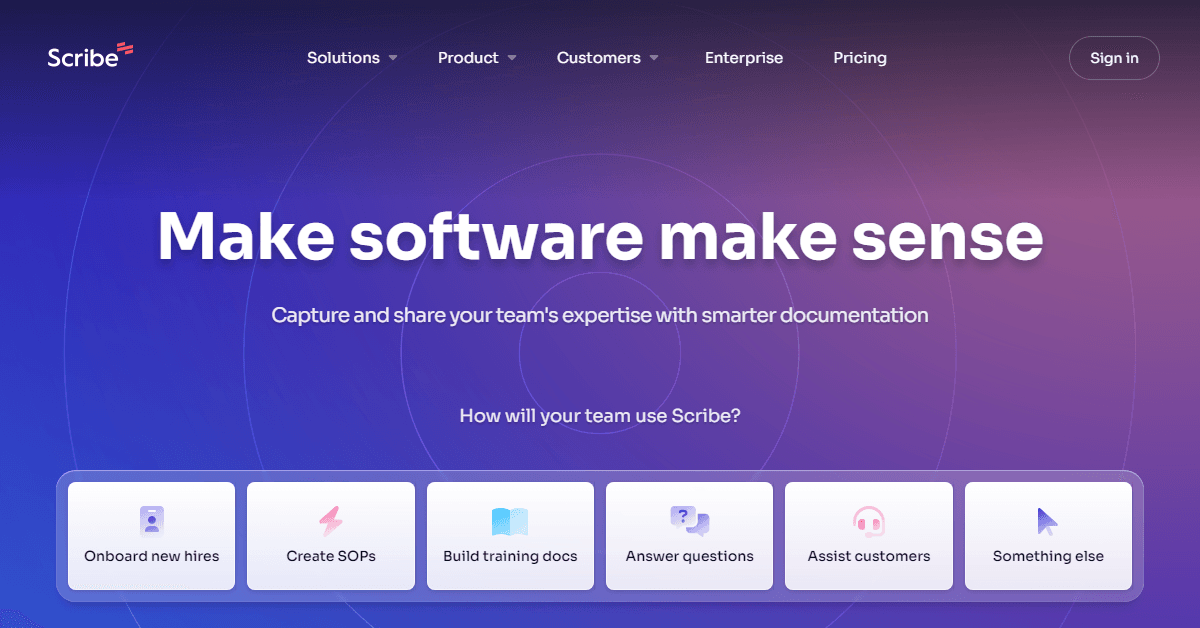What is Scribe?
Scribe, historically, refers to a person skilled in writing, particularly for copying documents before printing technology existed. This profession was vital in ancient and medieval societies for duplicating manuscripts, legal codes, religious texts, and administrative records across civilisations like Mesopotamia, Egypt, China, and Europe. In a contemporary context, the term also applies to individuals who document information on behalf of others, such as medical scribes who record patient encounters in real-time within electronic health records. The core function is the accurate transcription and preservation of spoken or written information across various domains and historical periods.
Who is Scribe for?
Historically, scribes served a diverse clientele, including rulers, religious institutions, legal systems, and scholars who required accurate copies and record-keeping. In ancient times, they were often part of an educated elite. In the Middle Ages, many were monks preserving knowledge in monasteries. Today, medical scribes are specifically for healthcare professionals, like physicians and allied health providers, who need assistance with the extensive documentation required during patient visits. The fundamental need addressed is for individuals or organisations requiring meticulous and reliable written records.
What makes Scribe unique?
What makes the role of a scribe unique is their dedicated focus on the precise and faithful reproduction or transcription of information. Unlike authors or creative writers, the primary goal is accuracy and preservation, not original composition or interpretation. Historical scribes possessed specialised knowledge of writing systems and materials. Modern scribes, particularly in the medical field, uniquely operate within fast-paced clinical environments, using specialised terminology and technology to capture real-time interactions, thus optimising the workflow for medical practitioners. Their uniqueness lies in this specialised function of accurate, context-specific documentation.

